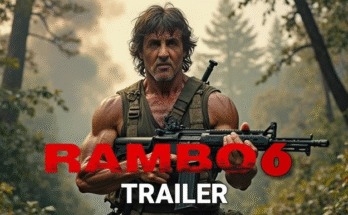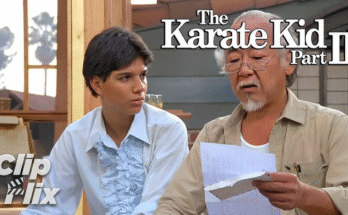The latest cinematic descent into chaos, Death Road (2025), is more than just a post-apocalyptic thriller—it is a relentless meditation on survival, fear, and the fragile ember of hope that flickers within the human spirit. From the first frame, the film plunges its audience into a scorched wasteland where the road is endless, the dangers are merciless, and every decision carries the weight of life or death.
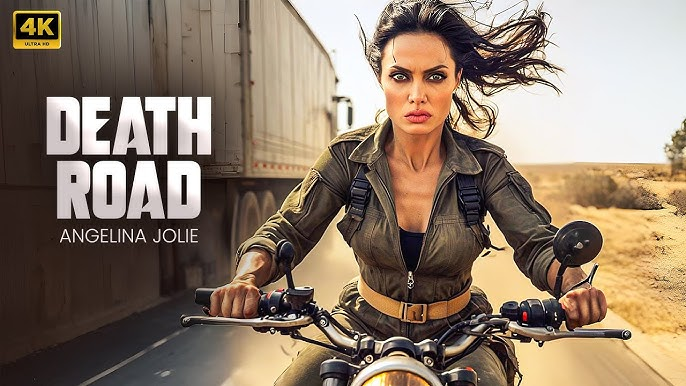
At its core, Death Road strips away comfort and familiarity, placing its characters—and the audience—into a purgatorial landscape where trust is a luxury, and betrayal can come as swiftly as the storms that tear across the highway. The road itself becomes a living entity, both savior and executioner, dictating who advances and who falls behind.
What makes this journey compelling is not just the endless string of perils—predators stalking from the shadows, raging storms tearing apart sanity, or the scarcity of food and water—it is the psychological torment. Each stranger brought together by desperation carries secrets, regrets, and scars that bleed into every choice they make. In this crucible, the line between survival and savagery blurs.
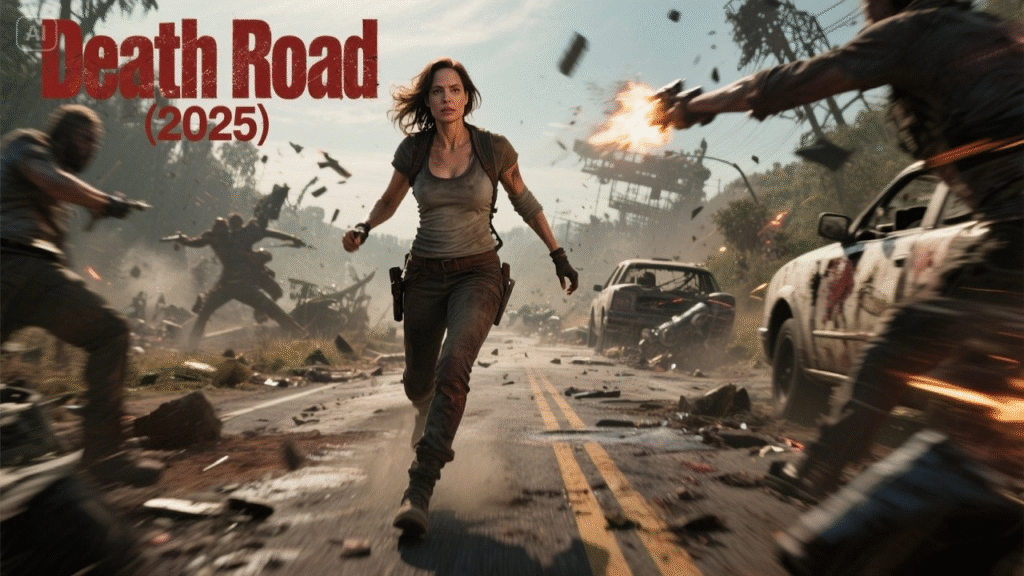
The film’s pacing mirrors its setting—unforgiving, breathless, yet laced with moments of uneasy calm. Just as the characters seize a fragile moment of respite, violence erupts, reminding us that danger is not only external but deeply internal. The human heart, burdened by fear and despair, often becomes the deadliest predator on the road.
Visually, Death Road is a triumph of cinematic bleakness. The highway stretches endlessly, framed by storms of fire and dust, painting a portrait of ruin that feels both epic and intimate. The cinematography traps the viewer between the vast emptiness of the world and the suffocating claustrophobia of survival. It is as much a sensory assault as it is a narrative one.
But beneath the carnage and chaos, the film dares to whisper of hope. Small acts of kindness—a shared meal, a hand extended to the fallen, a fleeting smile in the dark—pierce the relentless gloom. These moments remind us that even in hell, humanity clings to light, however dim. That duality—death and hope, despair and resilience—is what keeps Death Road from being mere spectacle.
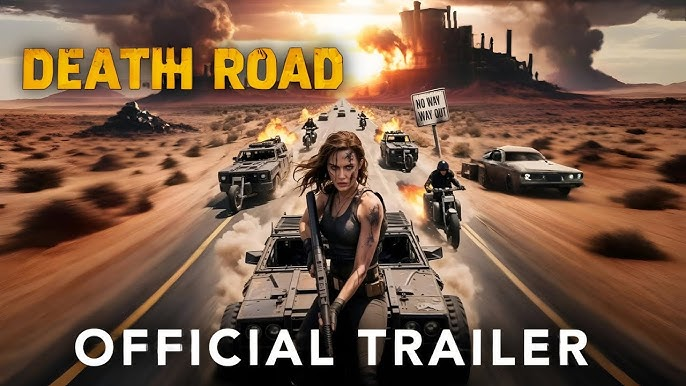
The characters themselves embody this paradox. Each stranger who steps onto the highway becomes a mirror of our deepest fears: the ruthless fighter who sacrifices morality for survival, the broken soul seeking redemption, the dreamer who believes in an impossible tomorrow. Their arcs intertwine, clash, and evolve in ways that feel both brutal and heartbreakingly human.
The soundtrack deepens the tension, layering industrial echoes and haunting melodies that linger like ghosts of a world lost. Every note becomes another voice in the chaos, urging the audience forward with the characters, mile after mile, sacrifice after sacrifice.
Where many survival films seek to glorify endurance, Death Road exposes its cost. It does not shy away from showing the blood, the tears, and the fragments of humanity that are shed along the journey. Each death feels weighted with consequence, each act of violence echoing with futility. Yet through this, the survivors carve meaning out of the void, proving that survival is not merely about living—it is about refusing to surrender one’s soul.
By the time the film reaches its climax, the audience is not asking who will survive, but rather what will survive of them. Death Road forces its viewers to confront the uncomfortable truth: survival demands both sacrifice and transformation, and not all who reach the end of the road remain whole.
In the final moments, as the road stretches on endlessly into the horizon, the film leaves us haunted by a single question: is there ever truly an end, or is survival itself the cruelest road of all? Death Road (2025) is not just a film—it is an experience, a trial by fire that lingers long after the credits roll, chasing you like the death it promises.


